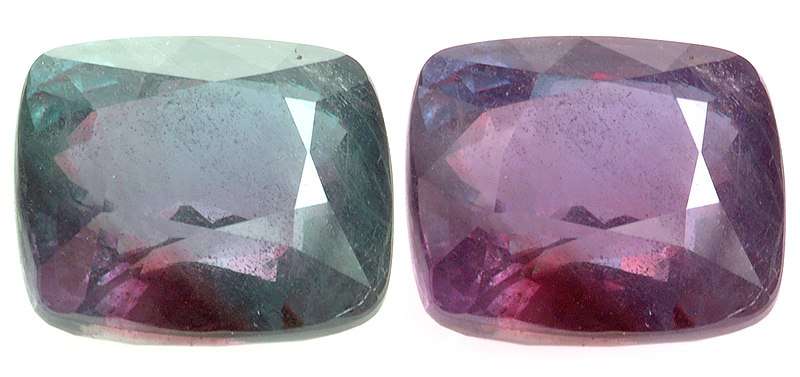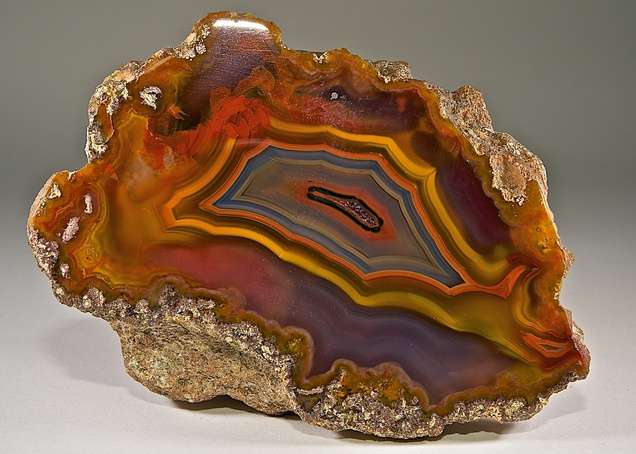Alexandrite
Appearance The color of fine-quality alexandrite changes from green to bluish-green in daylight (high color temperature, relatively blue illumination) to red to purplish-red under incandescent light (high color temperature, relatively yellow illumination). Fine-color material is relatively rare, though. Geographical Distribution The countries of Madagascar, Brazil, East Africa, Russia, and Sri Lanka have the biggest amounts […]







